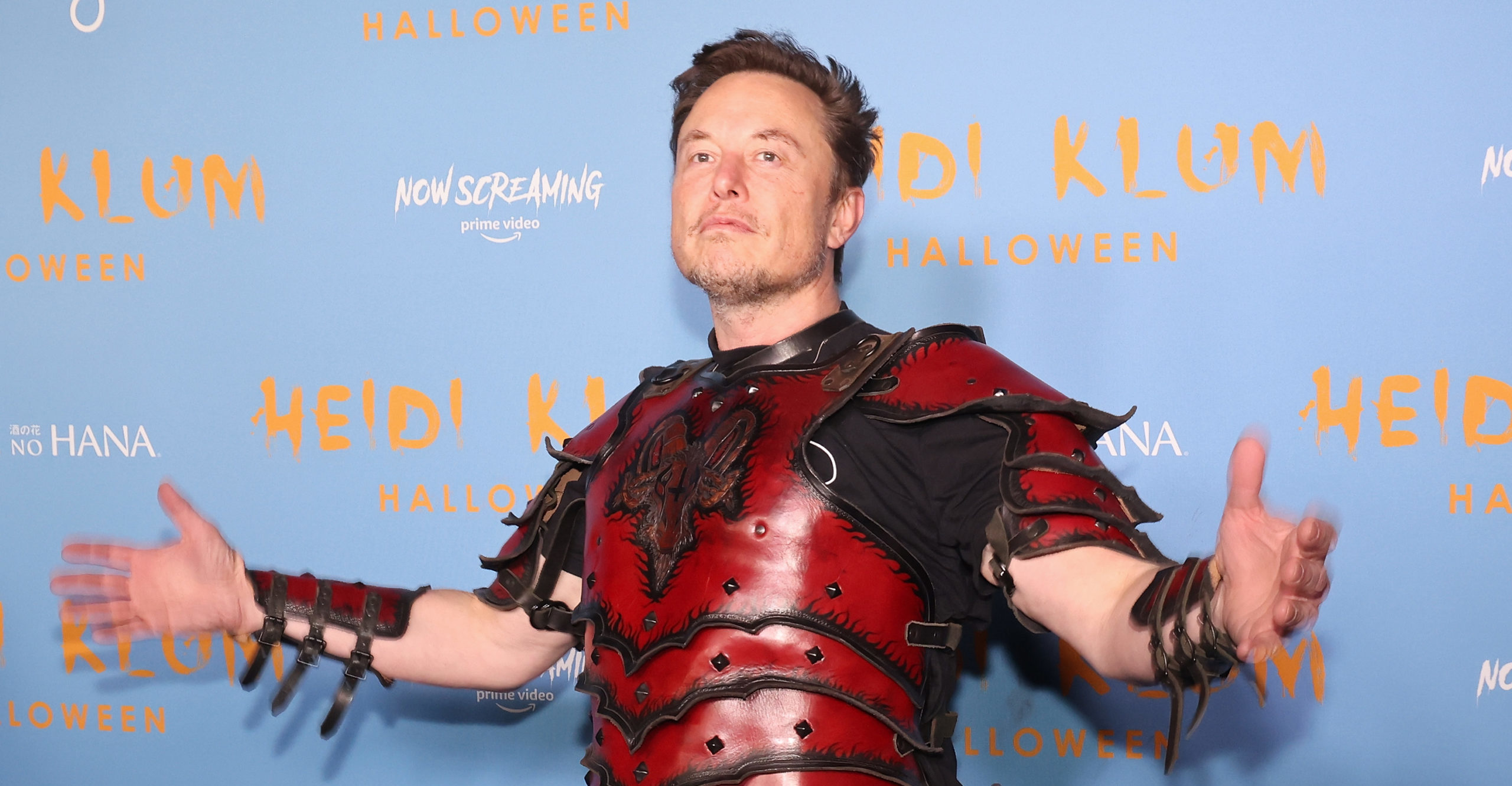Has Musk Ruined Twitter?
Mismanagement in the new Twitter regime is starting to show.

Following the technical debacle that was Ron DeSantis’s campaign launch on Twitter Spaces, surely even Elon Musk die-hards must admit: The Tesla boss took over the platform from censorious technocrats and has turned it into something barely usable. Robust online discourse—once thwarted by Twitter’s liberal managerial class—has now fallen victim to something else: mismanagement and gimmicky profiteering.
It is hard to blame the DeSantis camp for trying to put the best spin on the situation, claiming that the event was such a massive hit that it “broke the internet.” The problem is that Musk has pinned his new Twitter enterprise on heroic competence, over and against the market-distorting, “ESG”-pushing meddlers of the left. (Something similar could be said for DeSantis in the political sphere.) But if that is your pitch, then things had better not break. They had better work and work well.
Twitter’s troubles go far beyond a single lousy launch event, of course. Ad revenue is down, with one forecaster predicting a nearly 30 percent decline for 2023, compared to last year. Corporate news accounts emphasize the role of Musk’s “controversial tweets, including ones that linked to conspiracy theories or waded into debates about racism,” as a Reuters story put it. But this strikes me as a way of claiming “go un-woke, go broke”—a silly obverse of the right-wing slogan.
A more straightforward explanation is that Musk’s Twitter simply functions badly, after his constant tweaking of the algorithm and janky monetization efforts.
First, interactions are down dramatically. It is the complaint on the minds of anyone in the business of stirring public debate—though it is rarely voiced publicly, lest you be accused of whining about not getting retweets for your boring content. From progressive New York Times scribes to the most hard-core right-wing populists, many report that using the new Twitter feels like “shouting into a void,” as one conservative journalist told me. It doesn’t matter if you have 150,000 followers, as I do, or merely 150: Any single tweet could end up garnering no more than a single “like” and no retweets, especially if you post a link that takes users outside the platform.
That suggests that whatever principle the Musk regime is following in rejiggering the algorithm, “based and red-pilled” meritocracy is not it. Is it combatting bots? Did big accounts that used to receive lots more views and interactions rely mostly on bots, as Musk apologists claim? Maybe. Then again, the number of “views” any tweet garners frequently seems to have little or no uniform relation to the number of people who “follow” the tweeter. If the bots had been totally extirpated, then you would expect greater variation in the number of views depending on the number of followers.
In reality, the Twitter bots are as busy as ever, enticing users with messages like: “Dear I had trouble with Bitcoin until I followed…” or “I’m like a treasure hunter searching for the perfect gem, except instead of jewels, I’m on the hunt for my dream man!”
Okay, the Musk stalwart at this point might concede—like any other Silicon Valley tycoon, Musk wants the digital public square to operate on his terms. Among other things, that means that no matter how hard you try to resist, he will push you toward algorithmically curated tweets from accounts you don’t actually follow. But, our Musk defender might go on, he has democratized discourse in the bargain. No longer does an arbitrary blue-check aristocracy lord it over the people. Everything is up for grabs—prominence in replies, the full suite of features, and not to mention the blue check itself—provided you pay Musk $8 per month.
Subscribe Today
Get daily emails in your inbox
Yet even his for-pay system is racked by general lousiness. Here, I have to speak from direct personal experience. Back in February, I purchased a year’s worth of the Twitter Blue service in order to retain my “legacy” blue check and gain access to the longer word count and other bonus features. These features were made available to me for about 24 hours, but then mysteriously disappeared. Thereafter, I kept receiving warnings that I had better turn off my two-factor authentication, since that would now only be available to Twitter Blue subscribers.
Except, remember: I had already paid for a year of Twitter Blue. I contacted customer service and did everything required of me by the rigamarole process. I uploaded my receipts, twice. I sent screen captures. I sent further proof of payment. I sent yet more screen captures. Eventually, I received an automated notification to the effect that the case was being closed with no explanation. Bizarrely, I have retained my blue check, but to this day, I don’t have access to the other features.
The “tech” half of Musk’s technocracy is broken. It turns out that all those middle managers and administrators were doing something that made the old Twitter—politically censorious and in collusion with the FBI though it was—function relatively decently when it came to the fundamentals. There is a painful lesson here for conservatives who make an enemy of administration as such, whether in government or in the private economy.